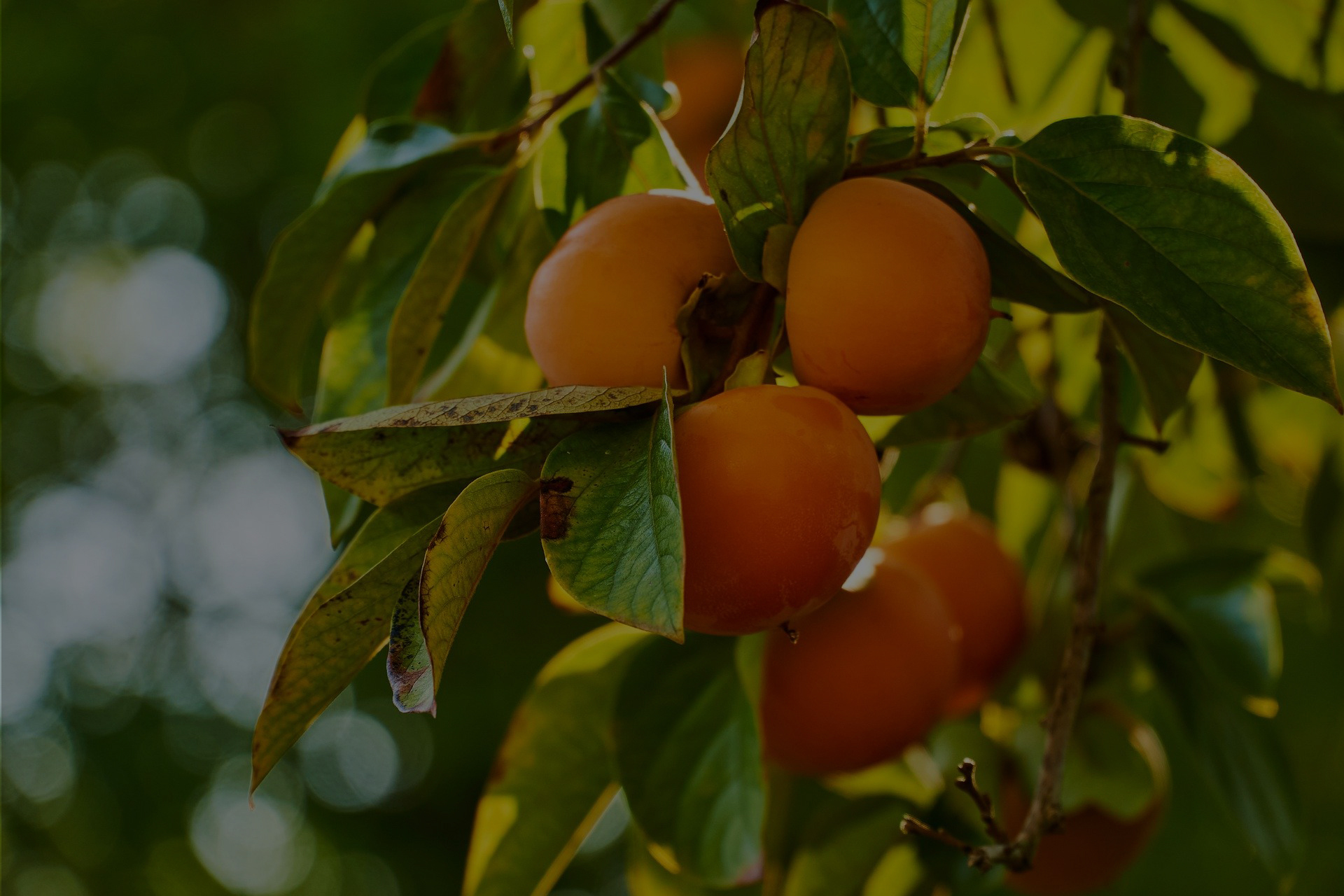(see English below)
En nuestro post anterior, introducíamos campaña destacando la preocupación por la escasez de producto a la que nos enfrentamos este año. Continuando con esta inquietud, hablamos con Antonio Blasco, Director de campo de Blasco Fruit.
¿Cómo se presenta la nueva cosecha de kaki?
Antonio destaca que este año la cosecha de kaki se ha visto reducida y habrá poca producción, debido, en gran medida, a las condiciones meteorológicas que hemos vivido.
Además, destaca que este año el kaki tendrá, en general, poco calibre. Esto se debe, según explica, a las altas temperaturas de este verano. Este calor es una de las dificultades a las que se han enfrentado los productores de kaki este año. Ha hecho falta más riego, para contrarrestar este efecto, y los campos que no se han regado abundantemente presentan un calibre más pequeño.
¿Ha habido otras dificultades además del tiempo?
Las plagas, que deprecian el fruto y hacen que este no se pueda comercializar. Destacan la negrilla y el cotonet.
La negrilla aparece como consecuencia de la mosca blanca, que pone los huevos en las hojas de los árboles. Las larvas, generan una melaza, que al caer sobre el fruto (o las hojas) producen el hongo que después ennegrece el fruto.
Por su parte, el cotonet es un insecto que se adhiere por debajo de los sépalos, creando una especie de algodón que, aunque no estropea la calidad del fruto, sí que deteriora su aspecto.

¿Cuáles son los beneficios de la poda?¿Cuántas podas se realizan al año?
En Blasco Fruit, además de comercializar los kakis, tenemos cosecha propia, por lo que realizamos de primera mano todos los cuidados en el campo.
En cuanto a la poda, realizamos una en invierno, cuando el árbol ha perdido sus hojas y se encuentra en reposo vegetativo*. El mayor beneficio de la poda es poder controlar la producción, de manera que cada árbol produzca menos frutos, pero de mayor calibre.
*El reposo vegetativo es un proceso de autoprotección mediante el cuál los árboles tratan de ahorrar nutrientes para enfrentar el invierno. Podría entenderse como un estado de hibernación del árbol.

PERSIMMON PRODUCTION: FIELD DIRECTOR INTERVIEW
In our previous post, we introduced the new persimmon season highlighting the concern about the product shortage that we are facing this year. Continuing with this distress, we spoke with Antonio Blasco, Field Director of Blasco Fruit.
How does the new persimmon harvest present?
Antonio points out that this year the persimmon harvest has been reduced and there will be little production, largely due to the weather conditions we have experienced.
In addition, he highlights that this year the persimmon will have, in general, a small caliber. This is due, as he explains, to the high temperatures this summer. This heat is one of the difficulties persimmon growers have faced this year. More watering has been necessary to counter this effect, and the fields that have not been abundantly irrigated have a smaller caliber.
Have there been other difficulties besides the weather?
Pests, which depreciate the fruit and make it unmarketable. Black spot and “cotonet” stand out.
The black spot appears as a result of the white fly, which lays its eggs on the leaves of the trees. The larvae generate a molasses, which when falling on the fruit (or the leaves) produce the fungus that later turns the fruit black.
For its part, the “cotonet” is an insect that adheres below the sepals, creating a kind of cotton that, although it does not spoil the quality of the fruit, does deteriorate its appearance.
What are the benefits of pruning? How many prunings are done per year?
At Blasco Fruit, in addition to commercializing the persimmons, we have our own harvest, so we carry out all the care in the field first-hand.
As for pruning, we do one in winter, when the tree has lost its leaves and is in vegetative rest*. The greatest benefit of pruning is being able to control production, so that each tree produces fewer fruits, but of a larger caliber.
* Vegetative rest is a self-protective process by which trees try to save nutrients to face winter conditions. It could be understood as a state of hibernation of the tree.
Comentarios recientes